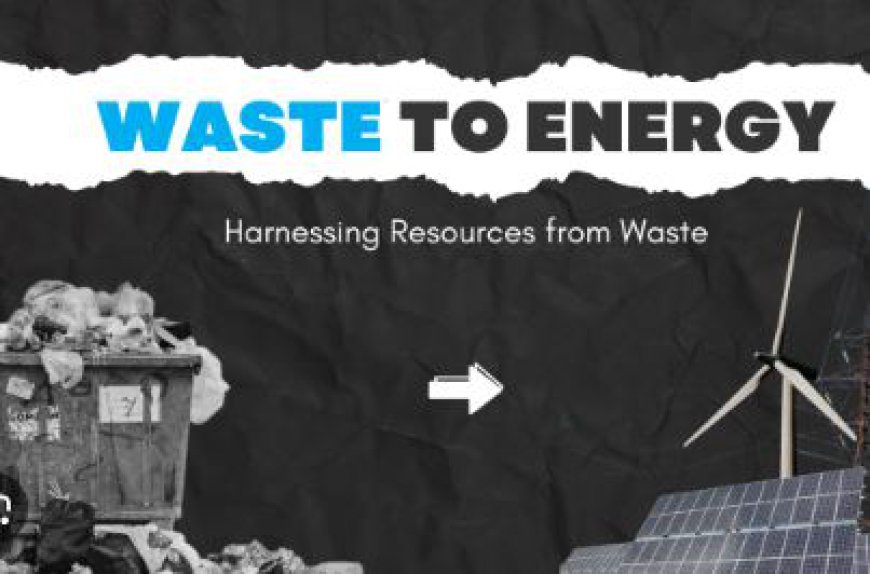Waste to Energy Market Investment Opportunities, Share and Trend Analysis Report | KR
Waste to Energy Market Size, Share, Trends, Industry and Forecast

According to Kings Research Global Waste to Energy Market was estimated at USD 37.94 billion in 2023 and is expected to increase at a compound annual growth rate (CAGR) of 4.61% from 2024 to 2031, reaching USD 54.36 billion. The market is expanding significantly, mostly because of the rising demand for energy and the stricter environmental laws being put in place to fight climate change.
Regional Insights:-
In 2023, Europe held the highest percentage—36.00%. Because of the region's strict environmental laws, cleaner technology and more effective plant operations are being developed. In order to comply with some of the strictest laws on air pollution and waste disposal, Europe encourages a culture of constant improvement in waste-to-energy operations.
Get Full Insights @ https://www.kingsresearch.com/waste-to-energy-market-710
Competitive Landscapes Featuring Top Companies:-
MVV Energie AG
Attero
Viridor
ACCIONA
Veolia
SUEZ Group
Covanta Holding Corporation
Babcock & Wilcox Enterprises
Hitachi Zosen Inova AG
Fortum
Asia-Pacific: This region is expected to witness the fastest growth, driven by rapid industrialization, urbanization, and government initiatives in countries like China, India, and Japan. China’s 13th Five-Year Plan emphasizes the development of WtE plants to manage its growing waste problem.
North America: The market in North America is driven by increasing environmental regulations and the need for sustainable waste management solutions. The U.S. and Canada are investing heavily in modern WtE facilities.
Market Segmentation:-
The Waste to Energy Market segmentation based on technology, waste type, and application:
By Technology: The market includes thermal technologies such as incineration and gasification, and biological technologies like anaerobic digestion. Incineration currently holds the largest market share due to its widespread adoption and technological maturity.
By Waste Type: Municipal solid waste (MSW) dominates the market, followed by industrial and agricultural waste. The treatment of MSW is crucial for urban areas facing landfill shortages.
By Application: The generated energy is used for electricity generation, heating, and industrial processes. Electricity generation is the predominant application, driven by the growing demand for renewable energy sources.
Key Drivers:-
Environmental Regulations and Policies: Governments worldwide are implementing stringent regulations to manage waste and reduce greenhouse gas emissions. These policies are propelling the adoption of WtE technologies. For instance, the European Union’s Renewable Energy Directive mandates member states to increase their share of renewable energy, including energy from waste.
Technological Advancements: Innovations in WtE technologies are enhancing efficiency and reducing costs. Advanced thermal treatments and improved anaerobic digestion processes are making WtE a more viable option for energy production. These technologies not only generate electricity but also produce heat and biofuels, adding multiple streams of revenue for operators.
Growing Waste Generation: Rapid urbanization and industrialization are leading to increased waste production. The World Bank estimates that global waste will grow by 70% by 2050 unless urgent action is taken. WtE provides a sustainable solution by converting municipal solid waste, agricultural residues, and industrial waste into energy, thereby reducing landfill usage and environmental pollution.
